Hobby Gardeners’ Ideal Backyard Locations
To Plant Homegrown Goodies
By Candace Dantes
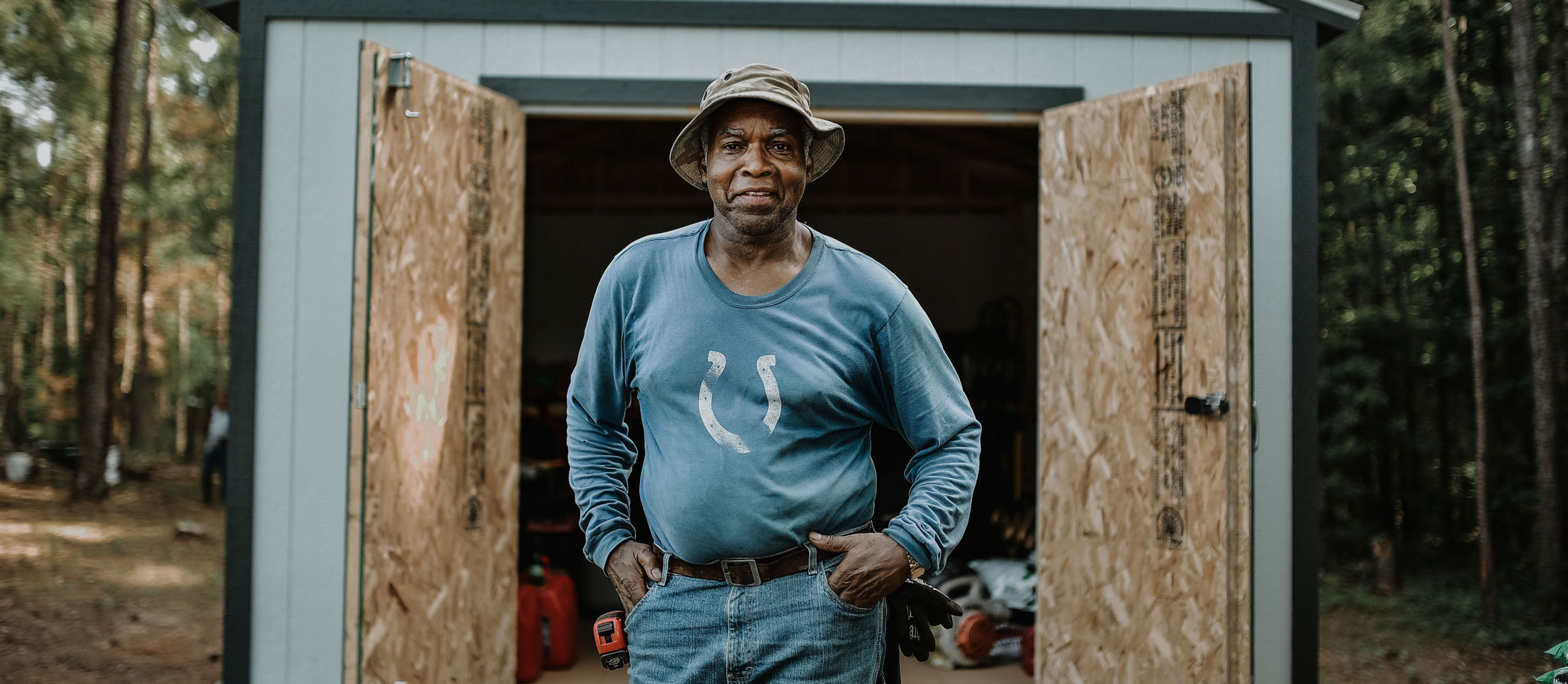
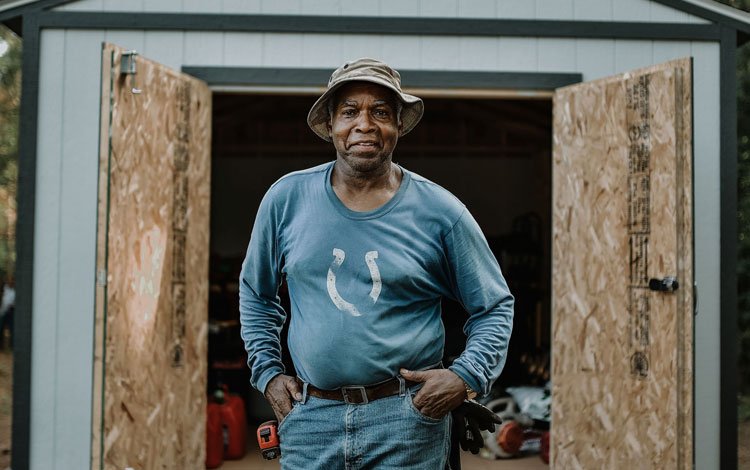
Tony O. Hurt Sr. relishes summer days of gardening a patchwork of backyard herbs, fruits, and veggies for family and neighboring friends. Photo By Kevin Dantes
His rural South superpower: curating garden patches of plenitude and tender loving care.
Like a proud papa, Middle Georgia gardener Tony O. Hurt Sr., 69, smirks in between sorting summer produce.
Deliciousness often gifted to community residents because of seasonal overgrowth.
His perfectly squared plot lives mere yards behind his bricked homestead.
“It’s where my herbs, vegetables, and fruits receive the best sunlight,” said Hurt, who has been backyard gardening for the past 20 years in Milledgeville.
He first lines up husky, sweet aroma, and Big Boy tomatoes.
His hard-wearing hands then bed squash, peppers, cucumbers, and okra.
Each snuggled in their respective rows. Water. Covered by soil. Packed in extra tight.
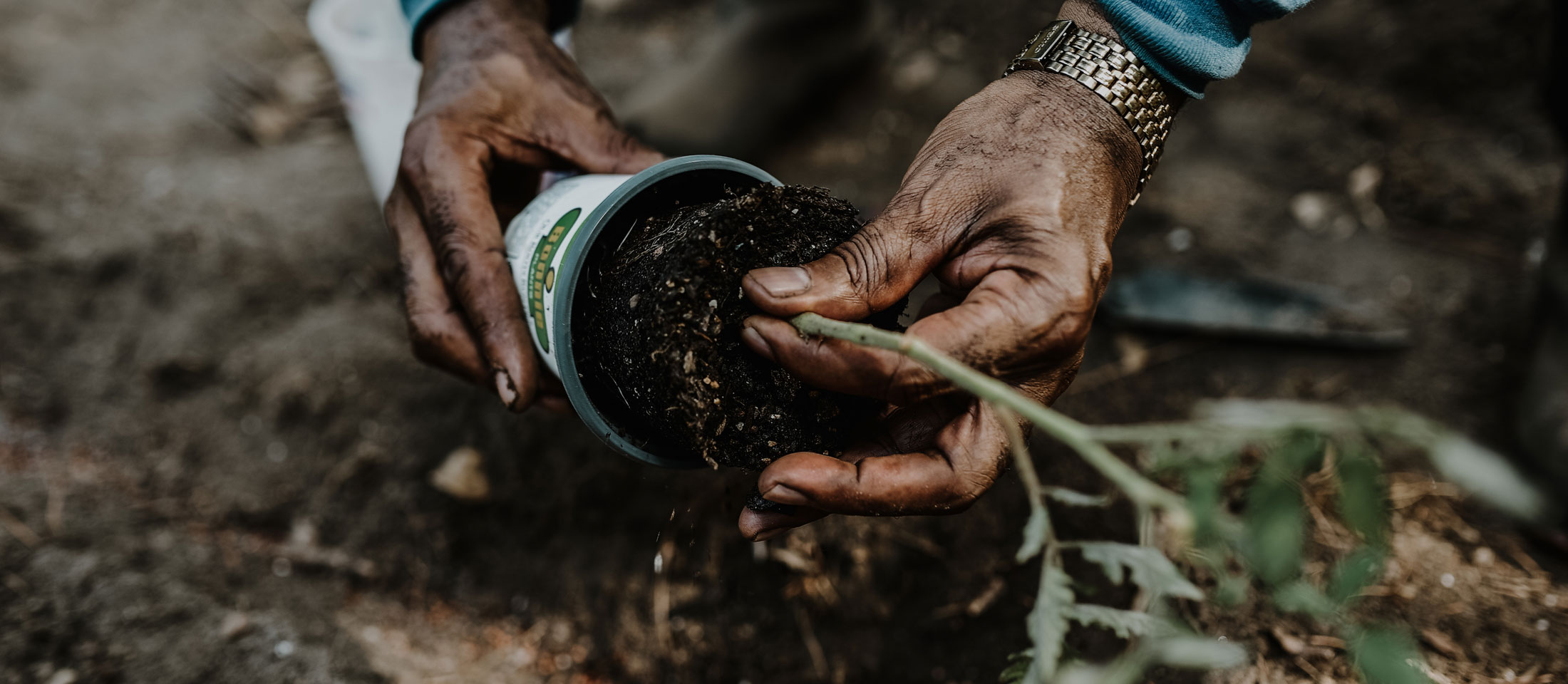
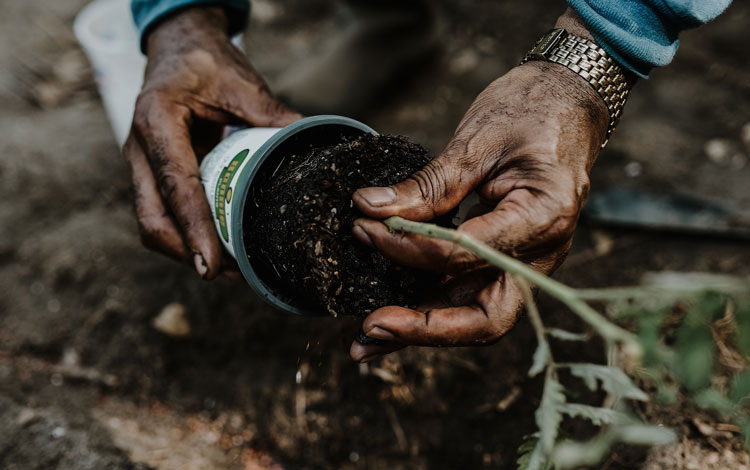
Hurt uses the post-harvest season to soil sample before planting new crops each summer. Photo By Kevin Dantes
About 20 minutes south in Baldwin County, flower gardener Linda Rodgers, 60, treats a similar space.
Repotting marigolds to help repel mosquitos, deer and snakes. Waiting anxiously with a school girl grin for her irises to bloom any day now.
She shuffles to the backside of her house to admire the garland effect of her hot pink “Knock Out” rose bushes that grace a corner section.
Both Southern gardeners grew up valuing the planting process — thanks to the elders.
Hurt: boyhood memories of growing tomatoes and okra with his grandfather, the late Eddie Braxton, in the 1960s.
Rodgers: following her mom, the late Martha Cleveland, like a shadow to water front yard flower beds.
The two backyard producers cleave to their time-honored family hobbies and offer these DIY recommendations for setting up first-time garden projects summer 2023:
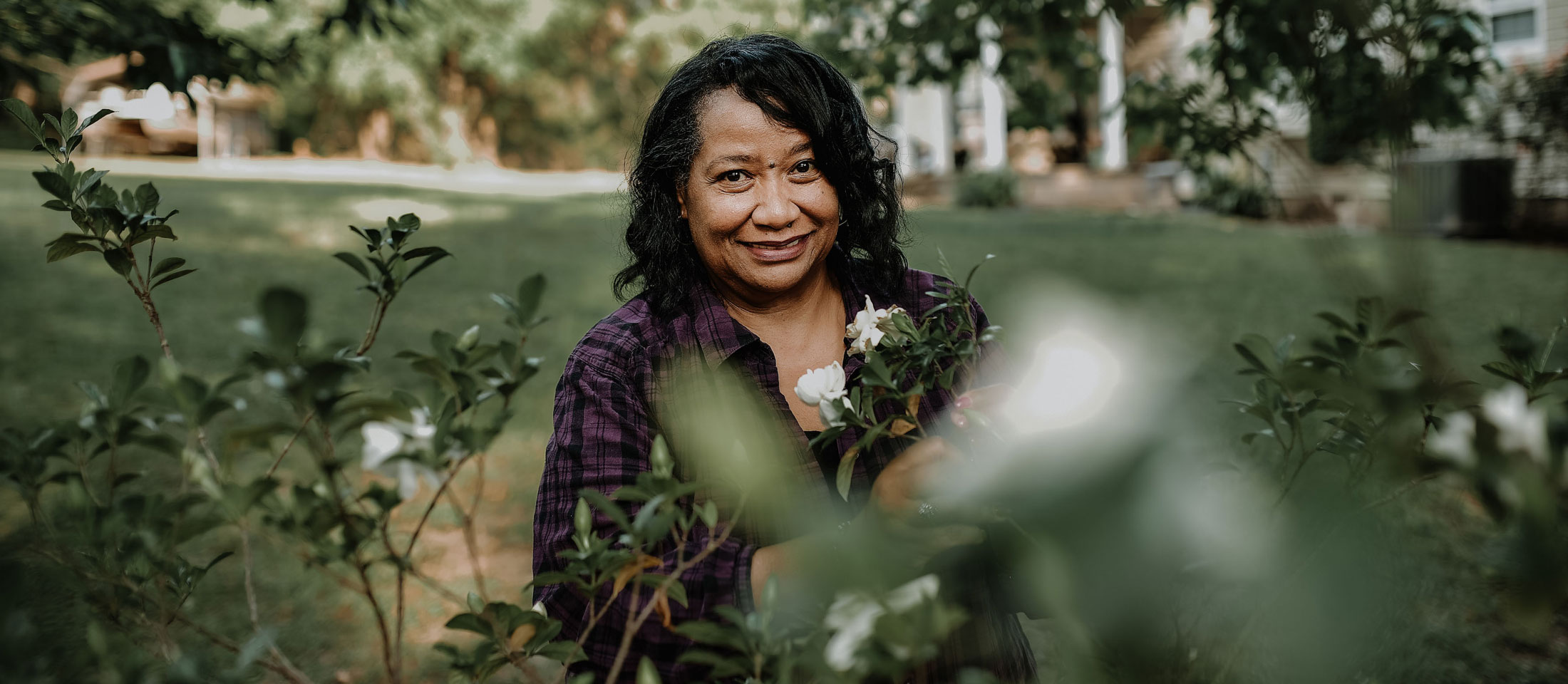
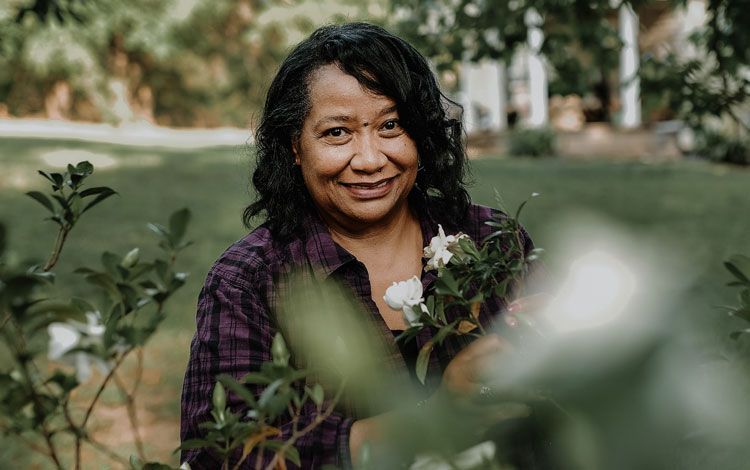
Baldwin County, Georgia, resident Linda Rodgers has spent a lifetime tending to home flower beds and repotting plants to preserve family farmstead traditions. Photo By Kevin Dantes
Best backyard sites for herbs and crops
Where there’s around-the-clock sunlight. “You want plenty of sunlight, but you have to be careful about how much sun exposure,” said Hurt. “It really depends on what you’re planting.” Hurt recommends researching as much as possible about the produce you want to grow to help determine the right amount of light your crops need. Labels typically come with plant purchases, providing instructions about the hours of direct sunshine required for proper growth. Like Hurt’s veggie and fruit garden, full sunlight works in his favor. “My garden gets at least six hours of sunlight a day,” he said, “and it keeps going strong from there.”
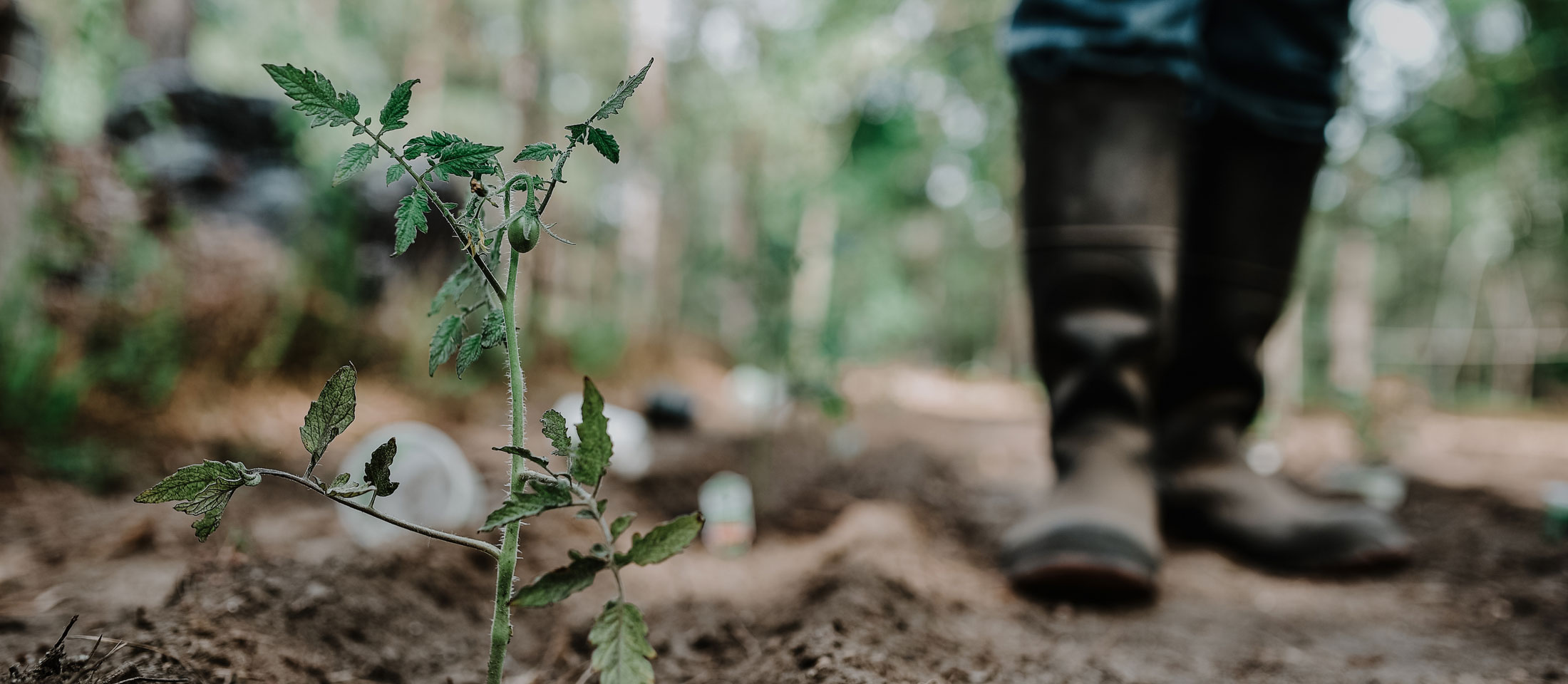
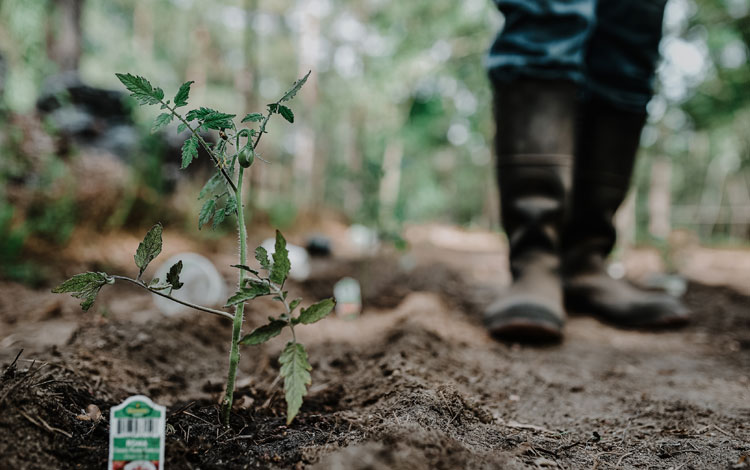
Hurts harvest takes an entire day to prep, starting with a variety of tomatoes he likes to add into homemade salads and pastas. Photo By Kevin Dantes
Where there’s healthy soil. Nutrient-rich soil is essential for plants to maintain strong roots. “To determine if your soil has the right nutrients to grow plants, soil sample before committing to a particular area in your backyard,” Hurt said. He conducted soil sampling during November 2022 (post harvest) to ensure his current plot supported another year of successful crop production. This garden task also measures nutrients left from the previous harvest; shares the lack or surplus of nutrients throughout the soil; and helps decide the appropriate fertilizer steps to take to increase or sustain future crops.
Where there’s a sufficient water source. With garden hose in hand, Hurt gives his fruits and veggies a final mist before calling it a good garden day. “Before I chose this location, I needed to make sure water reached every plant,” he said. After spending an entire day prepping his summer harvest, Hurt dedicates at least two hours daily to ensure there are no weeds and the soil isn’t too dry. “There is a thing of ‘over watering’ plants that you want to avoid,” he said. Rule of thumb: If the top inch of the soil feels dry, then it’s probably time to water. In addition to a water hose, other simple backyard irrigation options include a portable lawn sprinkler, watering can or drip tape kits.
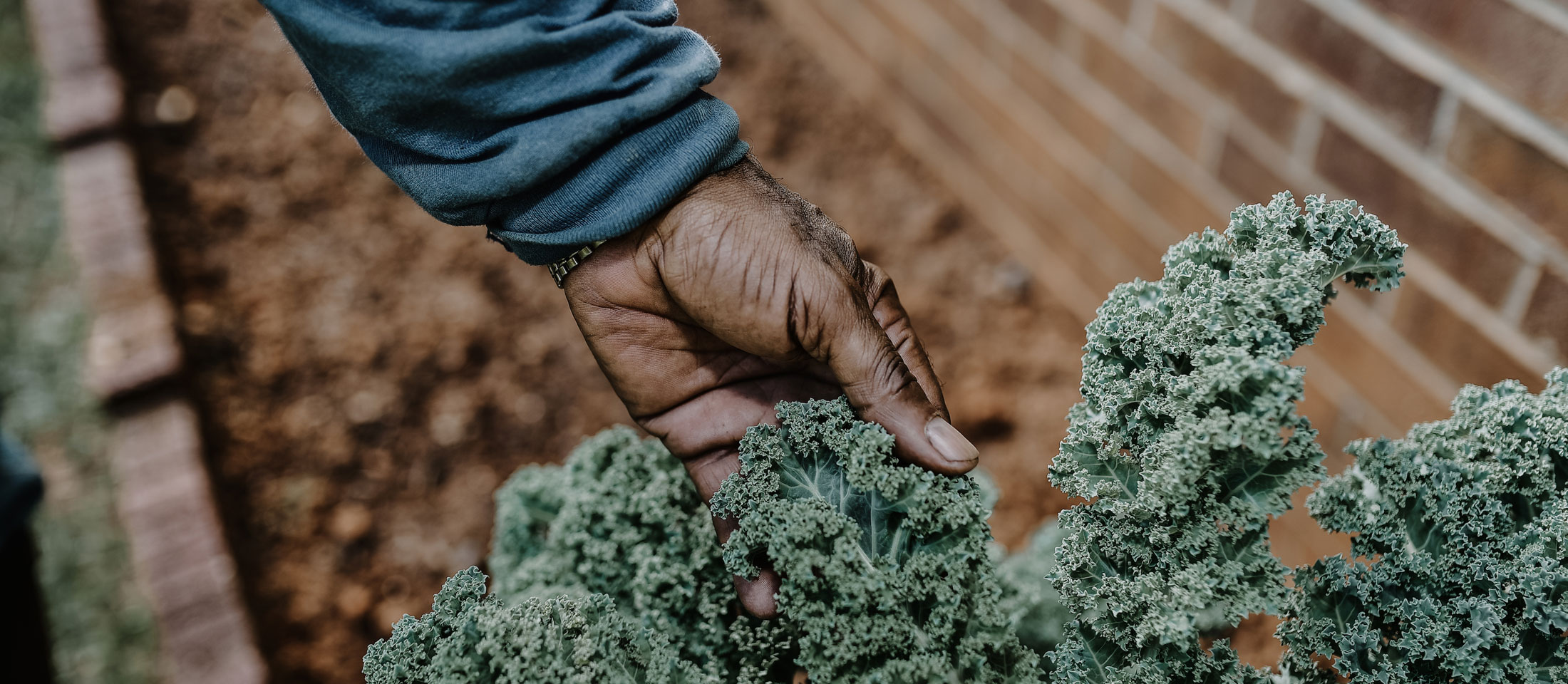
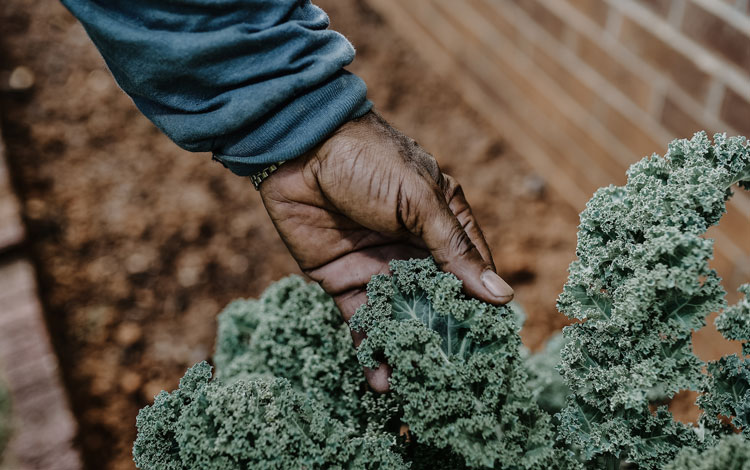
Kale is one of Hurt’s highest-yielding leafy greens that he often has to give away because it overpowers his backyard. Photo By Kevin Dantes
Best backyard sites for flowering plants
Where’s there’s shady areas. The majority of Rodgers’ potted plants are nuzzled in shaded areas alongside her house. Her childhood favorite: large flowering amaryllis. The pink and white variety. A good care-free plant for beginner gardeners she reassures. “No matter what I’m planting, though, I have to stay mindful of the amount of sunlight my flowers receive,” she said. “They don’t need much.” Partial shade will do. Typically less than four hours of straight sunlight. She’s usually cleaning out flower beds and pots at least two days a week for no more than three hours, checking to see if her plants are receiving too much light and not enough shade. She said, “Front and back porches are the best areas to care for my flowers and ensure they receive the right amount of shade.”
Where there’s easy storage and nurture space. A petite person, Rodgers places plants in undemanding spots around her home. Not too high. Not too low. “I like potting where I can sometimes pull up a chair and work,” she said. “You want to eliminate stress and strain on your body.” She saves stackable containers and excess potting soil bags in storage totes on garden benches and in backyard sheds. She recommends beginner gardeners start with small terracotta clay pots to plant. “They hold moisture,” Rodgers said, “and helps you manage watering by giving you a few extra days of dampness.” She warns: Avoid overwatering, which is an easy habit to get into when plants are within arms reach to care for. Watering two to three times a week will — for the most part — do, she adds with a wink.
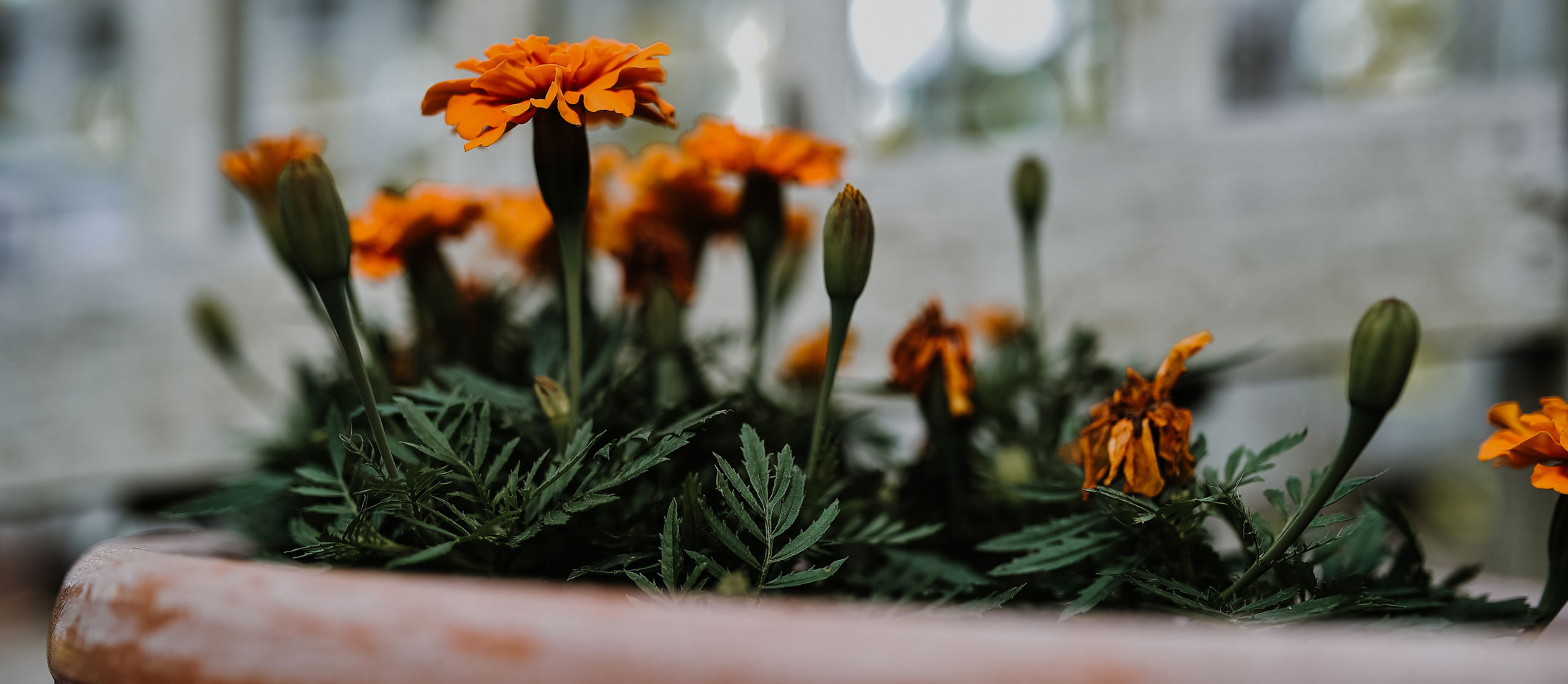
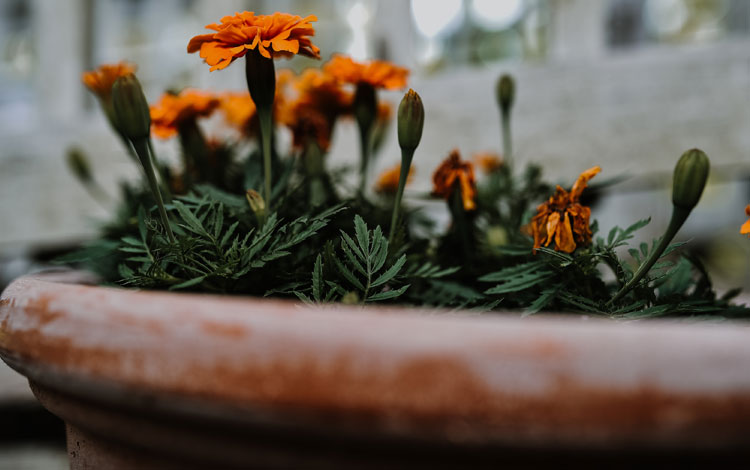
Rodgers strategically pots marigold around her home as a pollinator, attractor of protecting insects and for its aesthetic appeal to her backyard. Photo By Kevin Dantes
About Justin’s contributing writer: Candace Dantes is a fourth-generation farm girl and award-winning journalist based in the Georgia Black Belt Region. Currently, the print-to-digital content creator serves as communications director for national not-for-profit Outdoor Afro. She previously served as project manager and education journalist for U.S. Department of Agriculture research grant Black Farmers’ Network, and a content creator for Wrangler.
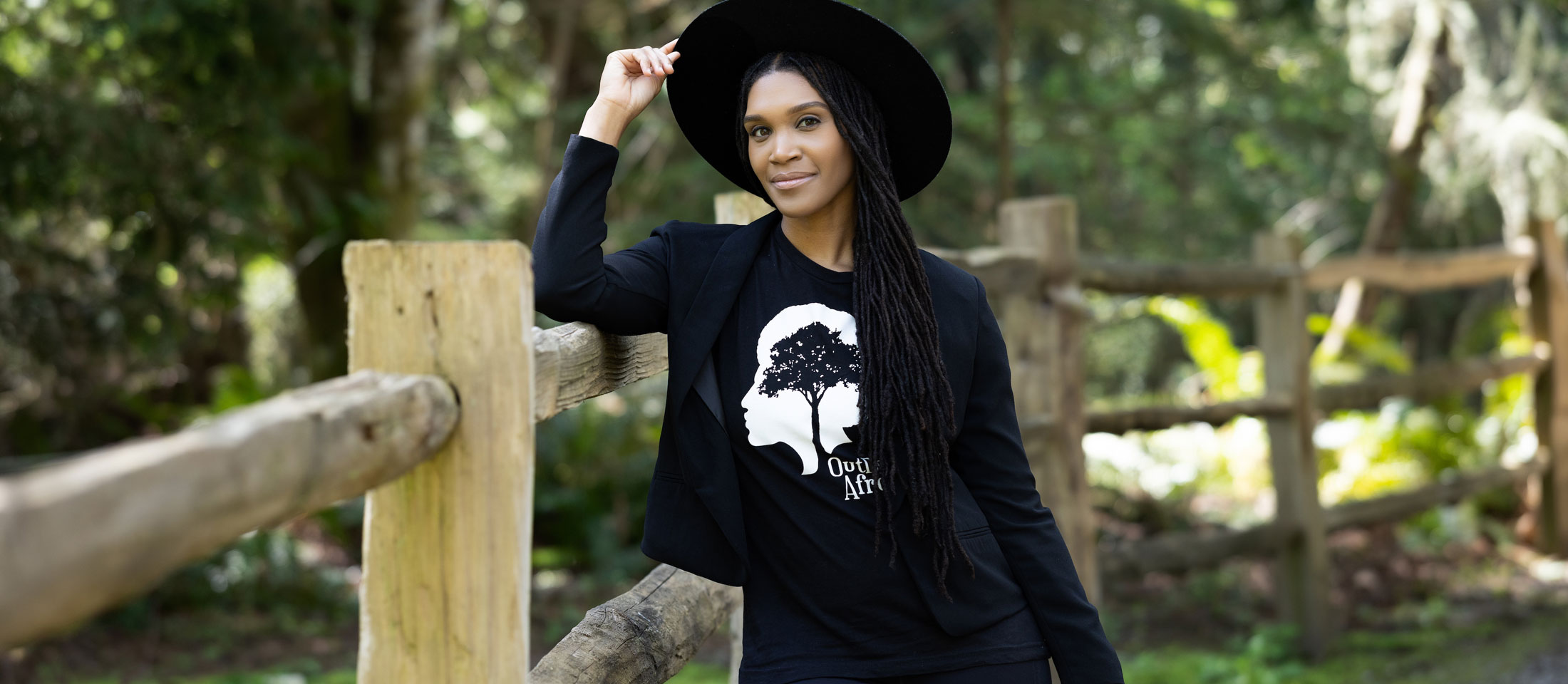
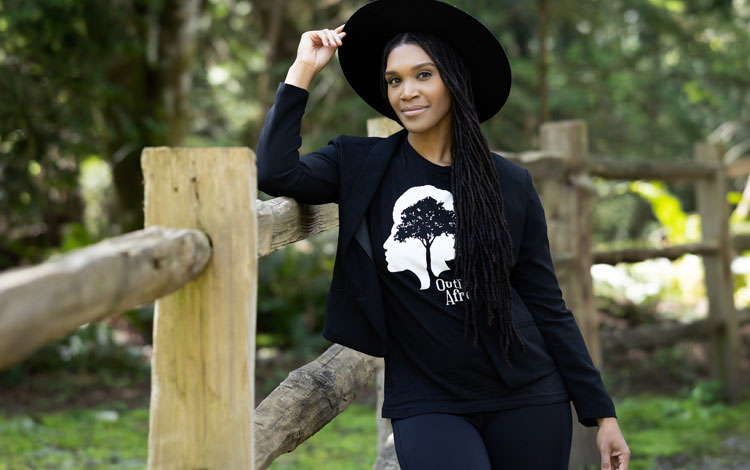
Photo by Tiffanie Page